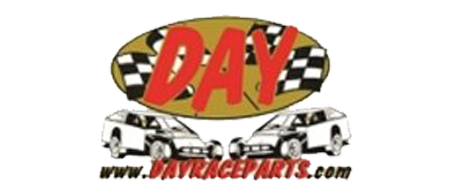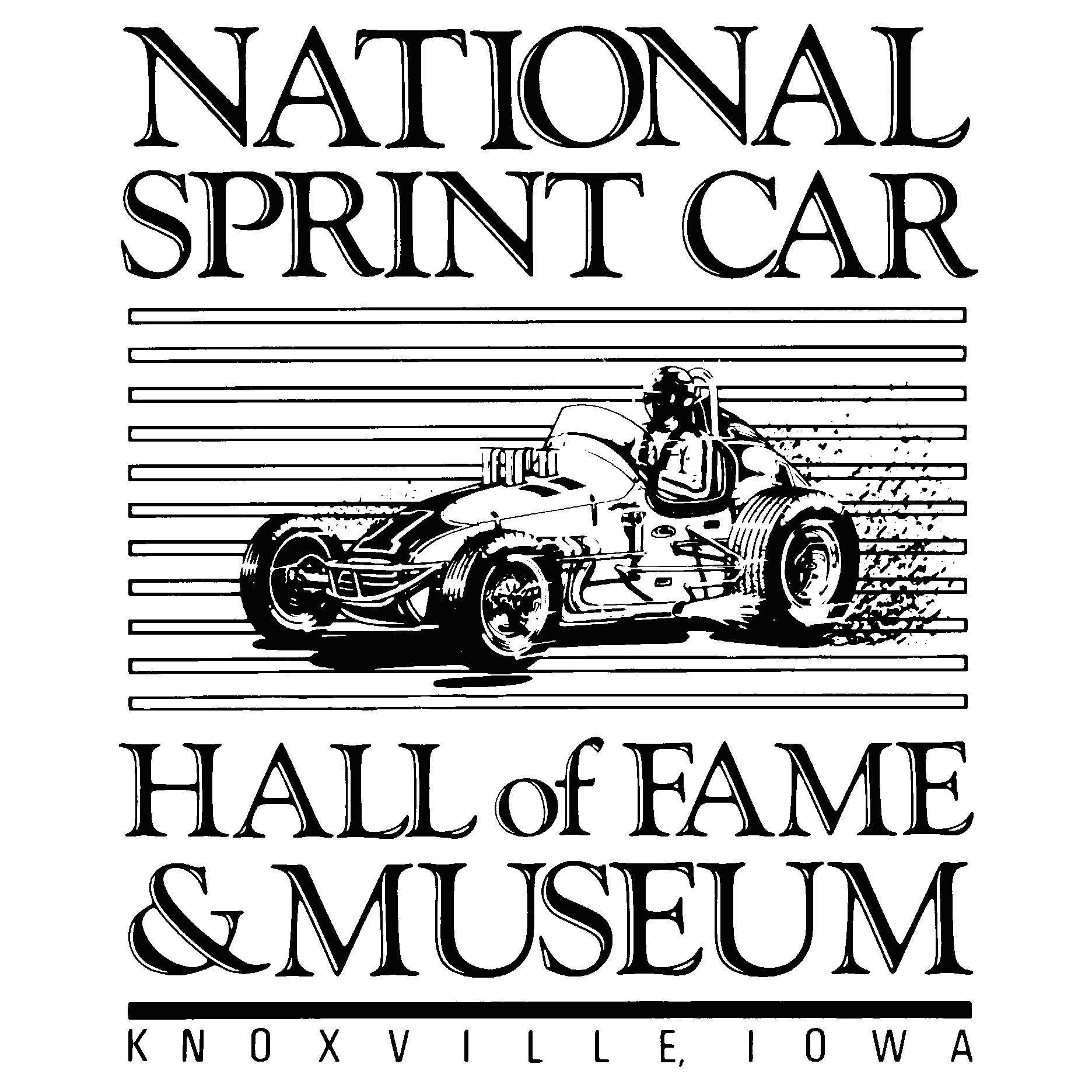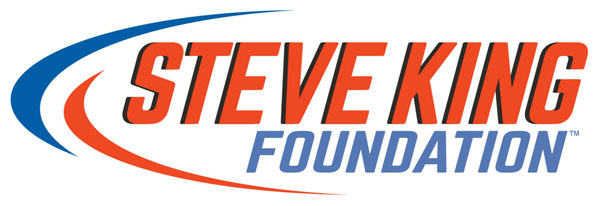NASCAR offers update on Ryan Newman accident
Photo by Dave Biro/DB3 Images
LAS VEGAS—First responders arrived at the scene of Ryan Newman’s last-lap accident 19-seconds after the No. 6 Ford came to a rest on the front stretch of Daytona International Speedway on Monday.
Newman was leading the Great American Race when an errant bump from Ryan Blaney sent the No. 6 Roush Fenway Ford airborne and in the path of Corey LaJoie, who plowed into Newman’s cockpit and knocked the Mustang across the start/finish line.
On Saturday, NASCAR offered an overview and brief update on Newman’s accident.
According to executive vice president and chief racing development officer Steve O’Donnell, a trauma doctor arrived at Newman’s car 14-seconds later and a paramedic from the safety team was in the vehicle by the 35-second mark. Two doctors and paramedics attended to Newman for the next three-and-a-half minuted until the decision to turn the car over and extricate the driver from the cockpit.
Nearly seven minutes into the procedure, the car was upright while medical staff continued to aid the driver. The roof was cut off of the car at the 11:10-mark. Four minutes and 30 seconds later, Newman was extricated and moved to the ambulance that delivered the driver to Halifax Medical Center. He was released 42 hours later.
“You’ve heard us say this many times, that safety is our primary responsibility,” said O’Donnell. “Everything that goes on at the R&D Center on a daily basis is put in place for a reason. This is our job. This is what we do, and you’ve got the 40 drivers in the garage area who expect us to do this every day.”
Dr. John Patalak, senior director of safety engineering for NASCAR, said the investigation of the accident started at the race track and continued at the R&D Center in Concord, N.C., on Tuesday, where the Nos. 6 and 32 Fords examined in a secure space.
“We have all the components and associated elements that come from the cars on the race track as well as the driver’s safety equipment,” Patalak said. “We began to document all those parts and pieces. Really started from the outside of the vehicles, slowing working our way in and assessing each of the individual safety systems and how they’ve performed individually, as well as together as a complete assembly, then ultimately how the two cars interacted together during the crash.
“We had many sources of data that we’re pulled from during the investigation, that included the IDR (incident data recorder), the high-speed camera. We’re also looking at the ECU data and available telemetry data from the vehicles and the broadcast and non-broadcast video sources. We’re currently working on synchronizing all of those data sets together in time so with the video—that’s looking at the video on a frame-by-frame basis to create full picture of what happened as the crash unfolded.”
Patalak said NASCAR is working with Roush Fenway Racing and outside experts as they continue the investigation and provide more information when it becomes available.
NASCAR has incorporated far-reaching safety advancements to the cars since the sport lost Dale Earnhardt in 2001. Patalak cited the “Newman bar” which was added to reinforce the roof and windshield sections of the cockpit in 2013 at the suggestion of the driver.
“We were also able to do things with the laminate windshield in 2013 and improved window net mounting in 2013,” Patalak said. “All of those things really contribute and work together as an assembly to improve the overall outcomes to what we saw in Daytona. And so I think each one contributes in its own way for both those vehicles involved.”
Newman, who graduated from Purdue University with a degree in mechanical engineering in 2001, has been an advocate for safety measures in motorsports over the last two decades.
“With his engineering background, (Newman) has been someone who we have turned to in many times talking about safety enhancements,” O’Donnell added. “One of the reasons you won't hear as many details today is we still haven't had the chance to go through this with Ryan and his team, with the other drivers in the garage, but Ryan's feedback as we go through this will be key, and I think that'll be a key component as it's always been throughout the process when he's been racing.”
NASCAR didn’t offer a timetable for the driver’s return, but his friend and fellow racer Martin Truex Jr. doesn’t expect Newman to be sidelined for long.
“It was cool to just go down there and see him and make sure he was okay,” Truex said. “Really, Sherry (Pollex, Truex’s girlfriend) and I just wanted him to know we were there for him if he needed anything. It was cool.
“It was good to see the good shape he was in. It was a little surprising as well. We’re planning fishing trips already, so it was a fun visit to hang out. I’ve been talking to him throughout the week, obviously. He’s doing real good. I feel like he’ll be back before anybody thinks he could. He’s a tough son of a gun. He’s in good spirits and hanging out with his family, so he’s doing well.”
Truex was also quite complimentary of the NASCAR’s safety initiatives and the role the American Medical Response team had in Newman’s ability to recover so quickly.
“I say part of it is NASCAR safety and the things in these race cars that we’re able to help them get through it,” Truex said. “He’s got no neck and a big hard head, so that helps for sure. I told him this week he’s lucky he’s such a hard-headed son of a gun. All of those things--and God was riding with him.
“What else can you say? It was a scary wreck for sure. Hopefully, we don’t have to worry about things like that for sure. We just have to figure out ways to keep the cars on the ground.”

.png)





